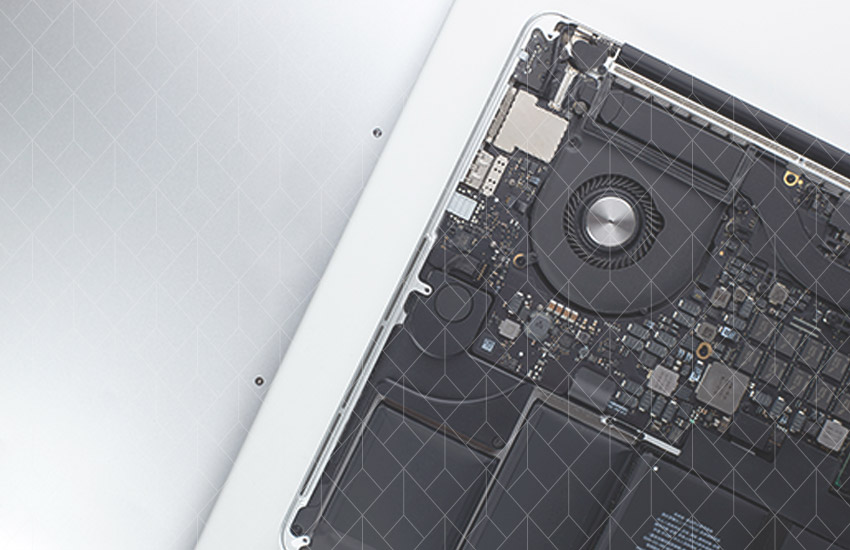Hardware Security and Ethics Integration

Education Cybersecurity Weekly is a curated weekly news overview for those who are concerned about the Education industry. It provides brief summaries and links to articles and news across a spectrum of cybersecurity and technology topics that are specific to the industry.
The demand for cybersecurity professionals significantly increases — there would be 1.8 million vacant cybersecurity positions by 2022, according to the Center for Cyber Safety and Education projection. The concentration of intellectual property, research results, students’ personal information makes campuses networking systems a desirable target for cyber attackers.Cybersecurity engineering – to eliminate all threats
EdScoop on October 10, 2018
If Jedi knights specialized in cybersecurity, they would probably study in Georgia. In addition to current undergraduate cybersecurity programs, Augusta University launches a new one – cybersecurity engineering. It is the first program devoted to hardware defense.
Alex Schwarzmann, the dean of the School of Computer and Cyber Sciences, emphasizes: “Only focusing on software can bestow to a false sense of security”. Recently, Amazon uncovered the presence of microchips that are just larger than grains of rice, installed by Chinese subcontractors, on Super Micro Computer server motherboards that allowed attackers a secret backdoor into any attached network.
By the way, the demand for cybersecurity professionals significantly increases — there would be 1.8 million vacant cybersecurity positions by 2022, according to the Center for Cyber Safety and Education projection.
The winner takes it all: bringing ethics to computer science
EdSurge on October 10, 2018
The tech industry itself wants to dot i’s and cross t’s: 35 well-known tech leaders — including top management at Instagram, Microsoft, and Lyft — announced that they are supporting a $3.5 million competition, called the “Responsible Computer Science Challenge”.
In the first stage of the competition, participants – professors, teaching assistants and any researchers interested in this issue submit ideas on how to bring ethics into undergraduate computer science classrooms. Then judges – leading tech experts and academics, will select the best works.
The challenge is led and funded by Mozilla, Omidyar Network, Schmidt Futures, and Craig Newmark Philanthropies.
Kathy Pham, a computer scientist and Mozilla Fellow who helped launch the initiative, says that ethics integration into the curriculum is as vital as the knowledge of algorithms, data structures, and networking.
To keep secure – the ways to protect university data
Education Dive on October 11, 2018
The concentration of intellectual property, research results, students’ personal information makes campuses networking systems a desirable target for cyber attackers. Russell Schrader, executive director of the National Cyber Security Alliance, has suggested several effective means to reinforce university cybersecurity. Here are the main points:
- Use secure systems with access control, encryption both at rest and in flight, and logs that show who has been in the data and what their authorizations and credentials are.
- Use multifactor authentication, combining three aspects: something you know (a strong password), something you have (a verification code) and something you are (any biometric thing like a thumbprint). MFA is especially effective in university systems, where there is a possibility of stealing a student ID.
- Don’t forget to update systems and delete programs or data you no longer need.
- Remind students about the importance of cybersecurity and share information with the prior generation.
Michigan State University and its ‘digital nervous system’
EdScoop on October 11, 2018
An access to high-quality and relevant information is an indispensable component of an organization’s success. A higher education is not an exception. Michigan State University Residential and Hospitality Services created a “digital nervous system” – the platform uniting a series of interconnected software programs and databases that will deliver high-quality data to all department heads. The elements of this system are student information, learning management, human capital management, and enterprise resource planning systems, among other programs.
The advantages of “digital nervous system” are the access to real-time information and a big-picture view of enterprise processes that allow heads of departments to make more effective decisions and to consolidate various workflows. For example, the system can forecast the consequences of first-year law students arriving earlier on campus and to optimize the load on food service, security, water use, and so on.
